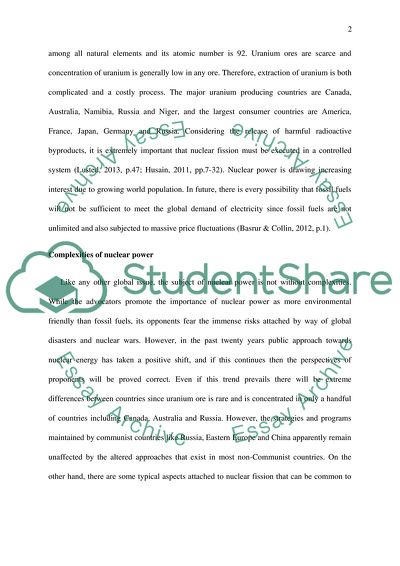Cite this document
(Nuclear Power Research Paper Example | Topics and Well Written Essays - 1750 words - 1, n.d.)
Nuclear Power Research Paper Example | Topics and Well Written Essays - 1750 words - 1. https://studentshare.org/macro-microeconomics/1864417-nuclear-power
Nuclear Power Research Paper Example | Topics and Well Written Essays - 1750 words - 1. https://studentshare.org/macro-microeconomics/1864417-nuclear-power
(Nuclear Power Research Paper Example | Topics and Well Written Essays - 1750 Words - 1)
Nuclear Power Research Paper Example | Topics and Well Written Essays - 1750 Words - 1. https://studentshare.org/macro-microeconomics/1864417-nuclear-power.
Nuclear Power Research Paper Example | Topics and Well Written Essays - 1750 Words - 1. https://studentshare.org/macro-microeconomics/1864417-nuclear-power.
“Nuclear Power Research Paper Example | Topics and Well Written Essays - 1750 Words - 1”. https://studentshare.org/macro-microeconomics/1864417-nuclear-power.


